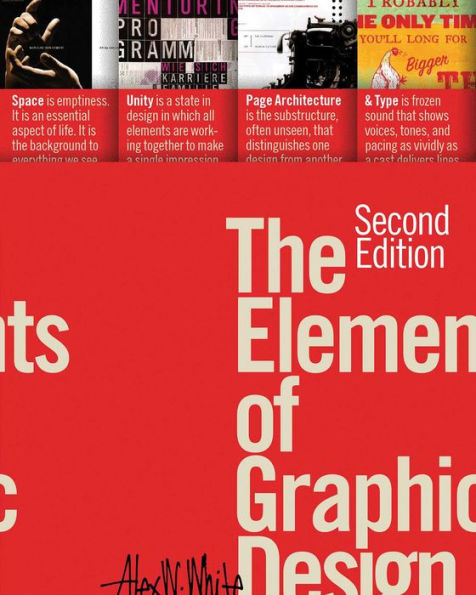5
1
9781581157628



The Elements of Graphic Design / Edition 2 available in Paperback, eBook

The Elements of Graphic Design / Edition 2
- ISBN-10:
- 1581157622
- ISBN-13:
- 9781581157628
- Pub. Date:
- 03/15/2011
- Publisher:
- Allworth
- ISBN-10:
- 1581157622
- ISBN-13:
- 9781581157628
- Pub. Date:
- 03/15/2011
- Publisher:
- Allworth

The Elements of Graphic Design / Edition 2
$29.95
29.95
In Stock

From the B&N Reads Blog
